To develop an effective nursing care plan for child abuse, it is essential to understand the nursing care management and diagnosis for this condition. Discover common nursing diagnoses for child abuse and strategies to improve patient outcomes through assessment, planning, and intervention.
What is Child Abuse?
The term child abuse is used to describe any neglect or mistreatment of infants or children including the infliction of emotional pain, physical injury, or sexual exploitation. Neglect or abuse is most often inflicted by the child’s biological parents. Others who have been implicated include foster parents, babysitters, boyfriends, friends, and daycare workers. Nurses are legally and morally responsible to identify children who may be maltreated and to report findings to protect the child from further abuse.
Neglect is the most common form of abuse and may include deprivation of basic physical or emotional needs: food, clothing, shelter, healthcare, education, affection, love, and nurturing. Emotional abuse stems from rejection, isolation, and/or terrorizing the child.
Physical abuse may result in burns, bruises, fractures, lacerations, or poisoning. Infants may suffer from “shaken baby syndrome” with severe or fatal neurologic injuries caused
by the violent shaking of the infant. Signs of the shaken baby syndrome include retinal and subarachnoid hemorrhage. Signs of sexual abuse include bruising or bleeding of the anus or genitals, genital discharge, odor, severe itching or pain, and sexually transmitted diseases. A discrepancy between the nature of the child’s injuries and the reported cause of injury is a frequent clue that abuse has occurred.
Nursing Care Plans and Management
The major nursing care planning goals for the child experiencing abuse includes ensuring adequate nutrition, promoting the safety of the abused child, providing emotional support to the child and family, improving parenting skills, and building parental confidence.
Nursing Problem Priorities
The following are the nursing priorities for a child experiencing abuse:
- Safety assessment and protection
- Emotional support and trauma-informed care
- Collaboration with multidisciplinary team for comprehensive evaluation and intervention
Nursing Assessment
Assess for the following subjective and objective data:
- Child expressing fear, anxiety, or distress
- Child reporting physical pain, discomfort, or injuries
- Child expressing feelings of worthlessness, guilt, or shame
- Child disclosing incidents of abuse to a trusted adult or healthcare professional
- Signs of physical injuries such as bruises, burns, fractures, or scars
- Signs of neglect, such as poor hygiene, inadequate clothing, or malnourishment
- Behavioral changes, including aggression, withdrawal, or regression
- Delayed developmental milestones
- Evidence of sexual abuse, such as difficulty walking or sitting, genital injuries, or sexually transmitted infections
- Poor academic performance or attendance
- Caregiver behavior that is inconsistent, neglectful, or abusive
- Reports or documentation of abuse from school personnel, neighbors, or social services.
Nursing Diagnosis
Following a thorough assessment, a nursing diagnosis is formulated to specifically address the challenges associated with child abuse based on the nurse’s clinical judgment and understanding of the patient’s unique health condition. While nursing diagnoses serve as a framework for organizing care, their usefulness may vary in different clinical situations. In real-life clinical settings, it is important to note that the use of specific nursing diagnostic labels may not be as prominent or commonly utilized as other components of the care plan. It is ultimately the nurse’s clinical expertise and judgment that shape the care plan to meet the unique needs of each patient, prioritizing their health concerns and priorities.
Nursing Goals
Goals and expected outcomes may include:
- The child will manifest no further weight loss and, if malnourished, will gain 2.2 lb (1 kg) per week.
- The child will make eye contact, has relaxed facial features, and reports decreased anxiety if age-appropriate.
- The parent will demonstrate appropriate parenting behaviors.
- The parent will provide a safe environment for the child.
- The parent will establish a positive relationship with the child and realistic expectations for self and the child.
- The child will not experience maltreatment or abuse by parents or other offenders.
Nursing Interventions and Actions
Therapeutic interventions and nursing actions for a child experiencing abuse may include:
1. Improving Nutritional Status
Child abuse can lead to malnutrition in patients due to neglect, inadequate food intake, or limited access to food. These factors can have serious long-term effects on the child’s health and development, emphasizing the need for appropriate nursing care plans.
Assess for signs and symptoms of malnutrition.
A child with nutritional deficiency manifests decreased attention span, confused, pale and dry skin, subcutaneous tissue loss, dull and brittle hair, and red, swollen tongue and mucous membranes.
Assess and record the amount, consistency, and color of stools and emesis.
Provide a guide on the absorption of nutrients in the body.
Monitor intake and output and food intake; Weigh client daily.
Allows the evaluation of the number of calories being consumed per day and the progress of nutritional therapy.
Maintain good oral hygiene prior to meals.
Promotes good appetite and enhances the taste of foods/fluids.
Encourage parents to assist the child during feeding.
Eating as a self-care activity enhances self-esteem.
Encourage small, frequent feedings high in carbohydrates and protein.
Small meals decrease fatigue and are easier to tolerate.
Encourage adequate rest periods.
Minimizes fatigue and improves the child’s appetite.
Consider the possible need for enteral or parenteral nutritional support as indicated.
Nutritional support may be recommended for those who are unable to maintain nutritional intake by the oral route.
Consult and refer to a dietitian or nutritional support team for dietary counseling.
A dietitian or nutritional support team can individualize the child’s diet within prescribed restrictions
2. Reducing Anxiety
Anxiety can be a common response for children experiencing abuse, as they may feel constant fear, hypervigilance, and insecurity in their environment. Ineffective parenting in the context of child abuse can exacerbate the child’s anxiety, as they may not receive the necessary emotional support, consistent care, or protection from further harm, leaving them feeling overwhelmed and helpless in coping with their traumatic experiences.
Assess the level of anxiety and fear in the child and how it is manifested; Determine the source of anxiety and note reactions to staff and parents at each contact.
Provides information about the source and level of anxiety and what might relieve it and the basis to judge the improvement.
Encourage the expression of concerns and fears of the child regarding environment and management; Grant questions and provide honest explanations and communication at the level of the child’s age.
Provides an opportunity to release feelings that can decrease anxiety.
Demonstrate affection and acceptance of the child even if not returned or ignored; avoid reinforcing any negative behavior.
Promotes trust of staff and positive behavior of the child.
Provide consistent staffing for the child, preferably those who seem to relate well to the child.
Promotes familiarity and trusting relationships with staff.
Provide a play program with other children; set aside time to be alone with the child or quiet time for the child as well; praise the child or reward with a special treat when appropriate.
Modifies negative behavior by promoting interactions with others and rewarding desired behaviors; promotes self-esteem.
Use a therapeutic play kit to instruct the child in any procedure to be done (dolls, syringes, tubing, dressing, other articles, specify).
Reduces anxiety by familiarizing the child with what to expect to reduce anxiety.
Provide treatment of injuries; avoid treating the child as a victim, asking too many questions, or forcing any discussion.
Prevents increased anxiety and stress in the child by discussion of abuse.
Explain all treatments and procedures to be done and their purpose and that someone will accompany them to a different department if needed.
Provides preparation and information that will assist in preventing fear or anxiety.
Refer for counseling services for the child as indicated.
Reduces anxiety and supports the child in dealing with abuse and negative behavior.
Assess parents for the achievement of developmental tasks of self and understanding of child’s growth and development; how they are bonded and attached to the child; how they interpret
and respond to the child; how they accept and support the child; how they meet the child’s social, psychological, and physical needs.
Provides information about parent-child relationships and parenting styles that may lead to child abuse; identifies parents at risk for violence or other abusive behavior.
Provide an opportunity for parents to express their feelings, personal needs, and goals; avoid making judgmental remarks or comparing the parents to other parents.
Supports parents in meeting their own needs.
Praise parents for their participation in the child’s care, and tell the parents that they are giving good care to the child.
Reinforces positive parenting behaviors and increases a feeling of adequacy.
Provide a child-nurturing role model for parents to emulate.
Promotes the development of parenting skills by imitation.
Include parents in planning care and setting goals.
Promotes participation of parents in meeting the child’s needs.
Discuss with parents methods to reduce conflict, to be consistent in the approach to the child’s behavior and needs, and to avoid siding with the child or other parents.
Promotes a more positive child-parent relationship.
Teach parents developmental tasks for child and parents, the difference in developmental level between child and parents, and appropriate tasks for age levels.
Provides information that assists parents in responding realistically and appropriately to child’s needs at different age levels.
Instruct parents to maintain their own health by getting adequate rest, nutrition, and exercise; and to participate in leisure activities and make social contacts.
Provides information on the importance of parents meeting their own needs to enable them to better care for and cope with their children.
Refer to community agencies that offer parenting classes and support groups.
Provides education in parenting skills.
Initiate referrals to social services, parenting classes, or counseling as appropriate. Inform parents that child protection services have been contacted to investigate the child’s health status and safety; keep the parents informed of the child’s health status (unless or until custody of the child is removed from the parents.
Provides options if parenting is unsatisfactory or inadequate.
3. Preventing Trauma
Patients with child abuse are at risk for trauma due to the physical, emotional, and psychological harm inflicted upon them by the abuser. The traumatic experience can have long-term effects on the child’s mental health and well-being, leading to symptoms such as anxiety, depression, post-traumatic stress disorder, and difficulty forming healthy relationships in the future.
Assess the abuser for violent behavior or other abusive patterns, use of alcohol
or drugs, or other psychosocial problems.
Provides information to determine warning signs of child abuse.
Assess the behavior of parents toward the child, including responses to the child’s behavior, ability to comfort the child, feelings, and perceptions toward the child, expectations for the child, and over-protective or concern for the child.
Reveals characteristics that may indicate risk for abuse.
Maintain factual and objective documentation of all observations, including the child’s physical condition, the child’s behavioral response to parents, health care workers, and other visitors, the parent’s response to the child, and interviews with family members.
Provides information that may be used in legal action regarding abuse.
Communicate information and needs of the child to those on the abuse team (or to new caretakers if the child is being placed with a foster parent or someone other than parents); provide written instruction for care and the child’s needs.
Provides care plan for the child based on the court decision to caretakers working with the family based on the court decision for the child’s care.
Instruct parents in identifying events that lead to child abuse and in methods to deal with behavior without harming the child.
Prevents further abusive behavior directed at the child.
Inform parents of follow-up care and needs of the child, need to evaluate the child’s progress.
Promotes emphasis on child care and prevention of recurrence of abuse.
Inform parents of the child’s placement in a foster home, and allow the parents to meet and speak to a new caretaker.
Prepares parents for a court order of alternate placement to ensure a safe environment.
Inform Parents Anonymous and other child protective groups to contact for assistance.
Provides self-help group activities, information, and support based on the type of abuse and parental needs.
Initiate referral to a social worker, public health nurse, or psychological counselor before discharge to the home.
Provides support to child and family, and monitors behaviors following discharge.
Recommended Resources
Recommended nursing diagnosis and nursing care plan books and resources.
Disclosure: Included below are affiliate links from Amazon at no additional cost from you. We may earn a small commission from your purchase. For more information, check out our privacy policy.
Ackley and Ladwig’s Nursing Diagnosis Handbook: An Evidence-Based Guide to Planning Care
We love this book because of its evidence-based approach to nursing interventions. This care plan handbook uses an easy, three-step system to guide you through client assessment, nursing diagnosis, and care planning. Includes step-by-step instructions showing how to implement care and evaluate outcomes, and help you build skills in diagnostic reasoning and critical thinking.

Nursing Care Plans – Nursing Diagnosis & Intervention (10th Edition)
Includes over two hundred care plans that reflect the most recent evidence-based guidelines. New to this edition are ICNP diagnoses, care plans on LGBTQ health issues, and on electrolytes and acid-base balance.

Nurse’s Pocket Guide: Diagnoses, Prioritized Interventions, and Rationales
Quick-reference tool includes all you need to identify the correct diagnoses for efficient patient care planning. The sixteenth edition includes the most recent nursing diagnoses and interventions and an alphabetized listing of nursing diagnoses covering more than 400 disorders.

Nursing Diagnosis Manual: Planning, Individualizing, and Documenting Client Care
Identify interventions to plan, individualize, and document care for more than 800 diseases and disorders. Only in the Nursing Diagnosis Manual will you find for each diagnosis subjectively and objectively – sample clinical applications, prioritized action/interventions with rationales – a documentation section, and much more!

All-in-One Nursing Care Planning Resource – E-Book: Medical-Surgical, Pediatric, Maternity, and Psychiatric-Mental Health
Includes over 100 care plans for medical-surgical, maternity/OB, pediatrics, and psychiatric and mental health. Interprofessional “patient problems” focus familiarizes you with how to speak to patients.

See also
Other recommended site resources for this nursing care plan:
- Nursing Care Plans (NCP): Ultimate Guide and Database MUST READ!
Over 150+ nursing care plans for different diseases and conditions. Includes our easy-to-follow guide on how to create nursing care plans from scratch. - Nursing Diagnosis Guide and List: All You Need to Know to Master Diagnosing
Our comprehensive guide on how to create and write diagnostic labels. Includes detailed nursing care plan guides for common nursing diagnostic labels.
Other nursing care plans for pediatric conditions and diseases:
- Acute Glomerulonephritis | 4 Care Plans
- Acute Rheumatic Fever | 4 Care Plans
- Apnea | 4 Care Plans
- Brain Tumor | 3 Care Plans
- Bronchiolitis | 5 Care Plans
- Cardiac Catheterization | 4 Care Plans
- Cerebral Palsy | 7 Care Plans
- Child Abuse | 4 Care Plans
- Cleft Lip and Cleft Palate | 7 Care Plans
- Congenital Heart Disease | 5 Care Plans
- Congenital Hip Dysplasia | 4 Care Plans
- Croup Syndrome | 5 Care Plans
- Cryptorchidism (Undescended Testes) | 3 Care Plans
- Cystic Fibrosis | 5 Care Plans
- Diabetes Mellitus Type 1 (Juvenile Diabetes) | 4 Care Plans
- Dying Child | 4 Care Plans
- Epiglottitis | 5 Care Plans
- Febrile Seizure | 4 Care Plans
- Guillain-Barre Syndrome | 6 Care Plans
- Hospitalized Child | 5 Care Plans
- Hydrocephalus | 5 Care Plans
- Hypospadias and Epispadias | 4 Care Plans
- Intussusception | 3 Care Plans
- Juvenile Rheumatoid Arthritis | 4 Care Plans
- Kawasaki Disease | 6 Care Plans
- Meningitis | 7 Care Plans
- Nephrotic Syndrome | 5 Care Plans
- Osteogenic Sarcoma (Osteosarcoma) | 4 Care Plans
- Otitis Media | 4 Care Plans
- Scoliosis | 4 Care Plans
- Spina Bifida | 7 Care Plans
- Tonsillitis and Adenoiditis | 4 Care Plans
- Umbilical and Inguinal Hernia | 4 Care Plans
- Vesicoureteral Reflux (VUR) | 5 Care Plans
- Wilms Tumor (Nephroblastoma) | 4 Care Plans
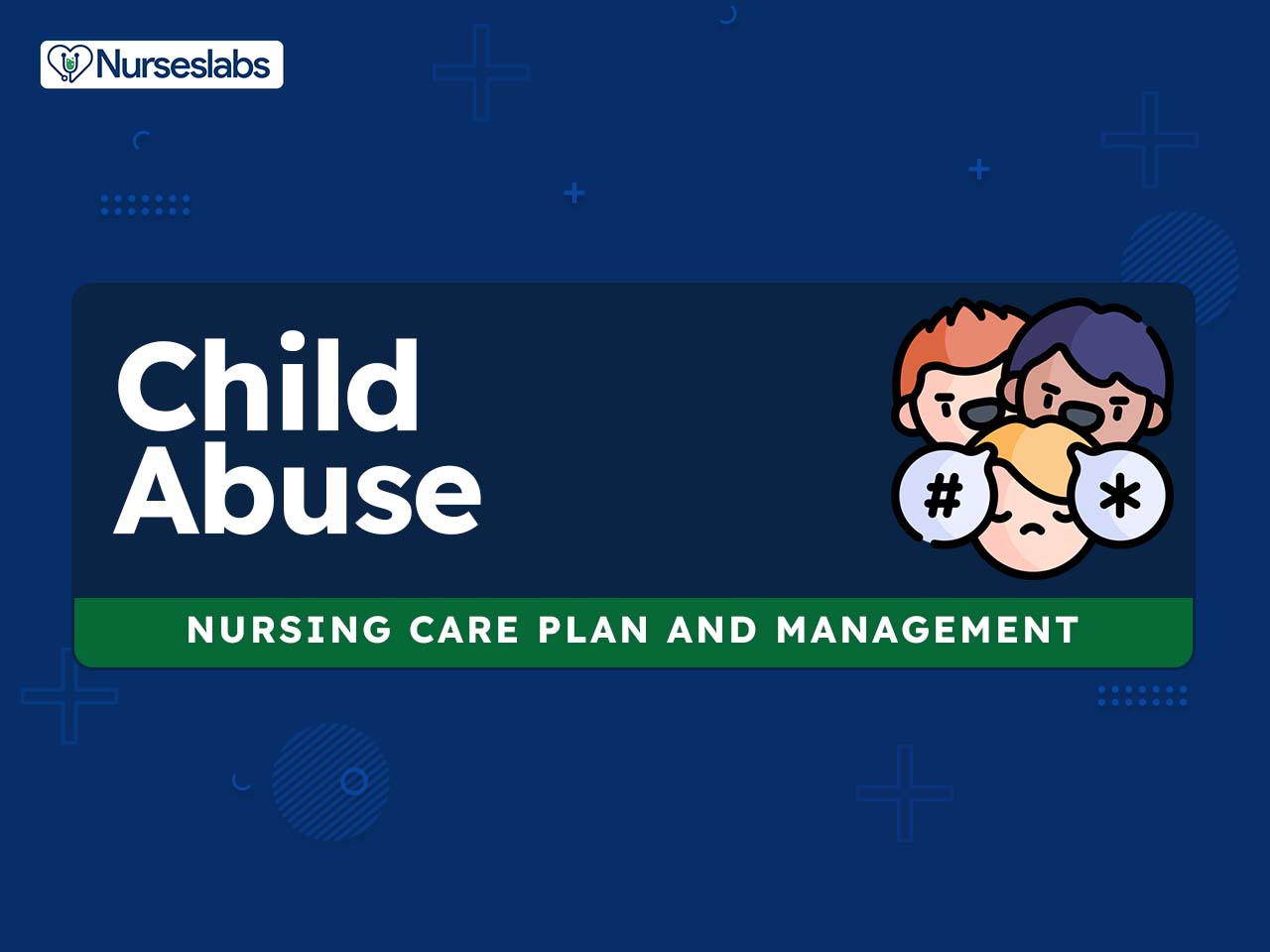

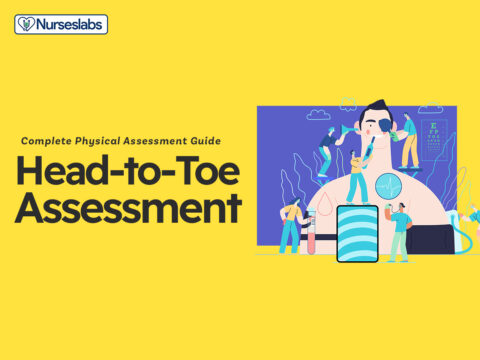

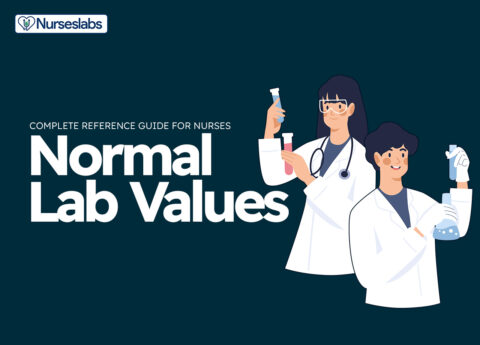
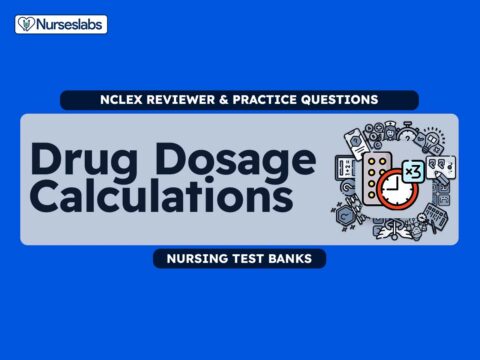




















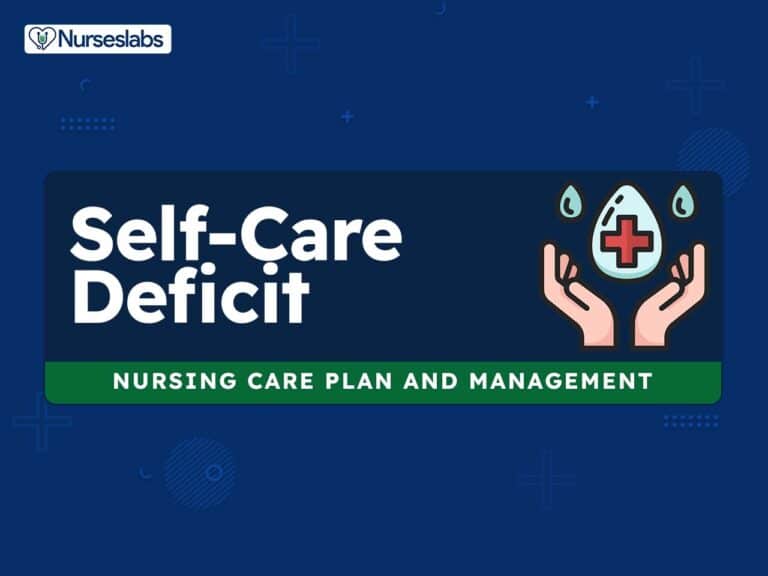
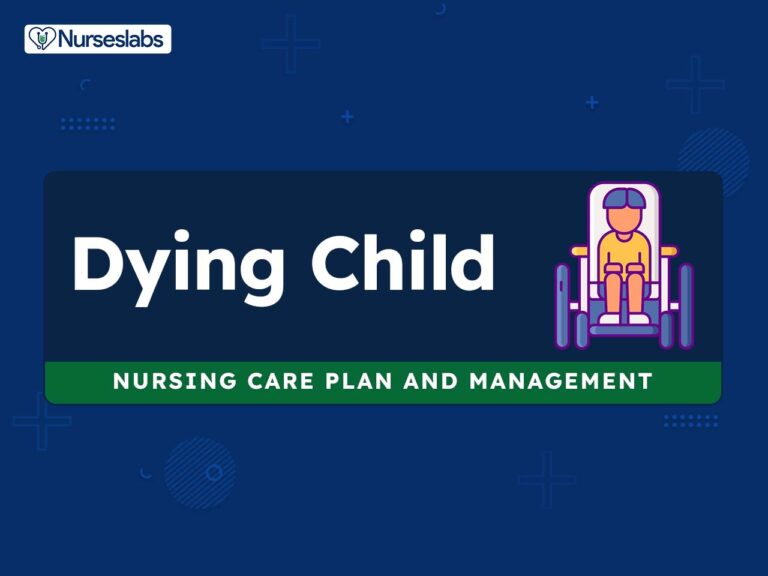



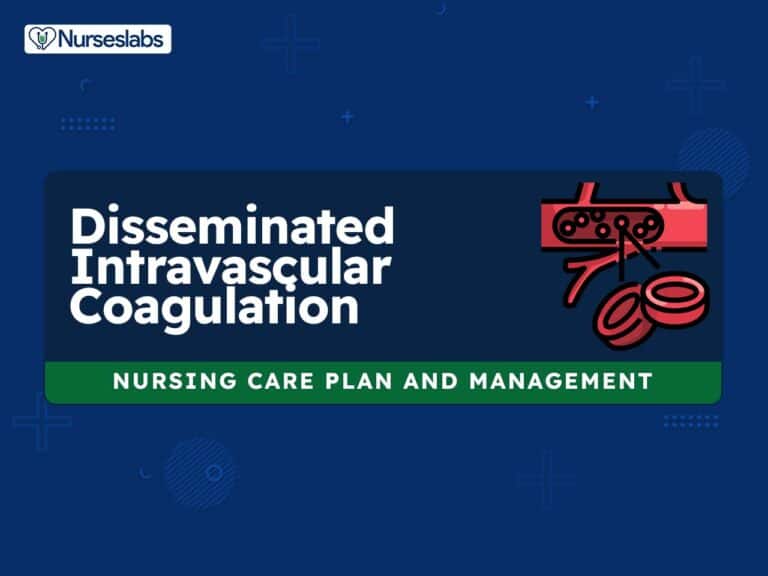
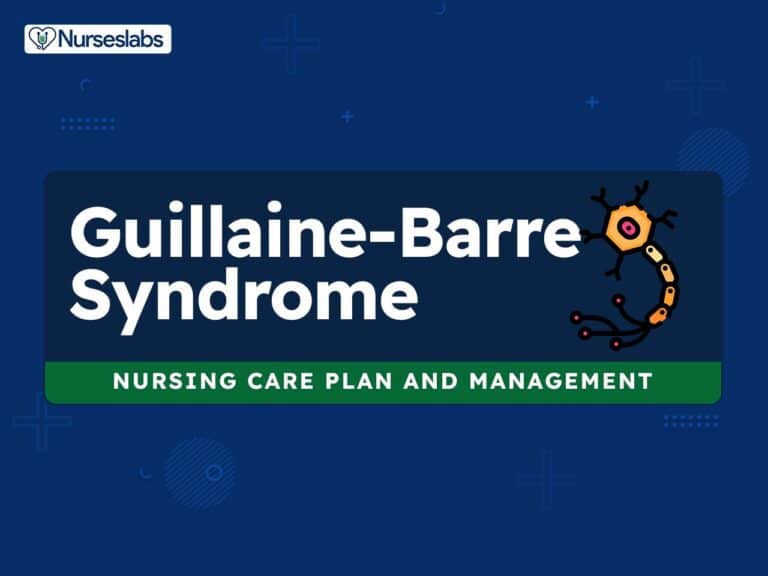
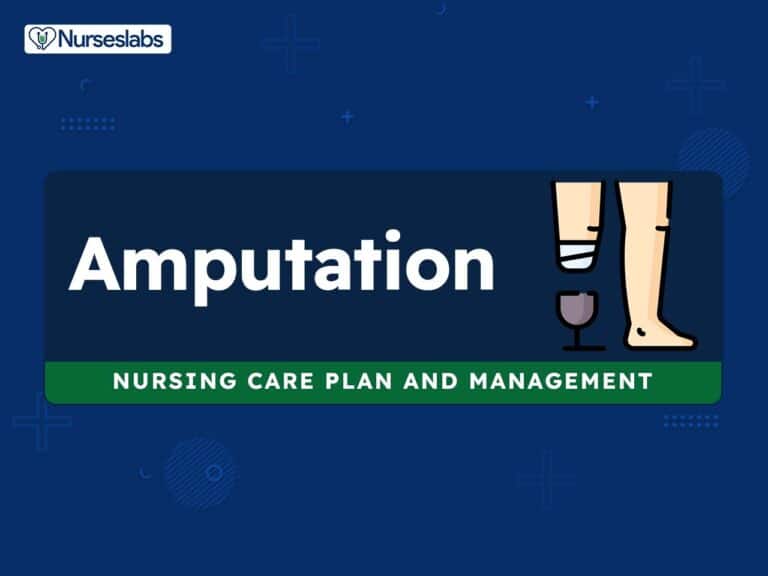
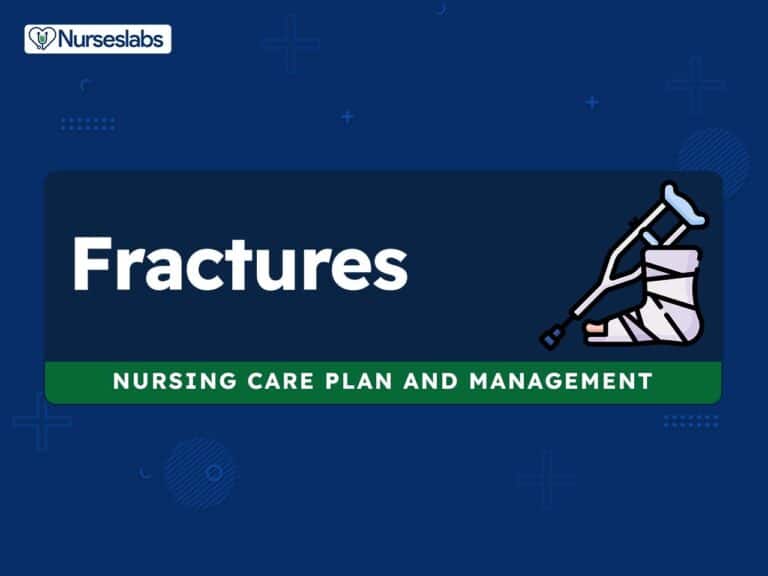

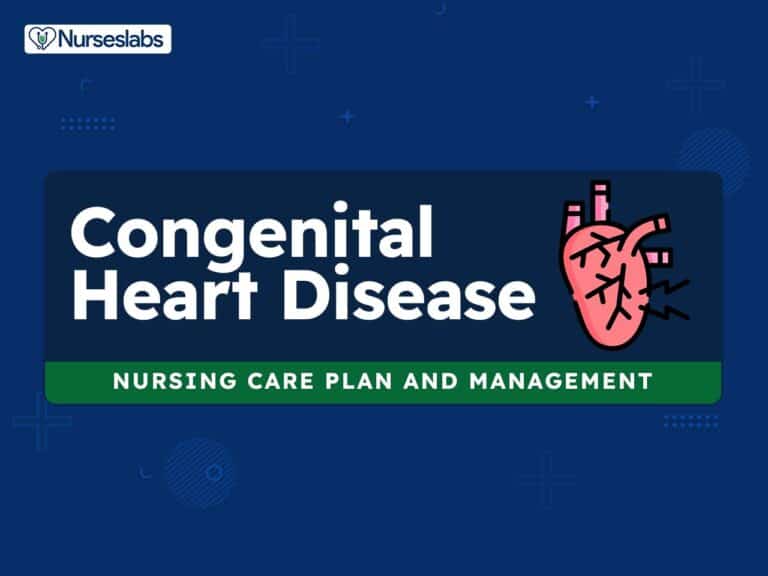
Leave a Comment